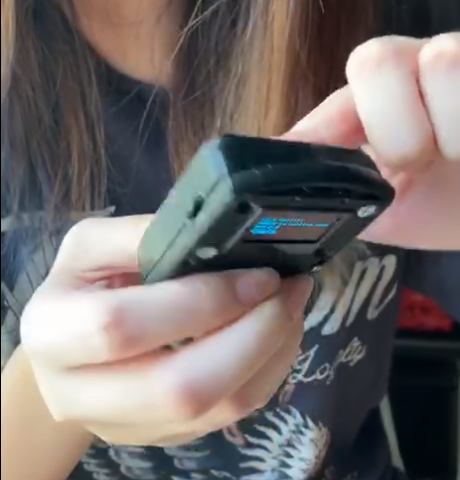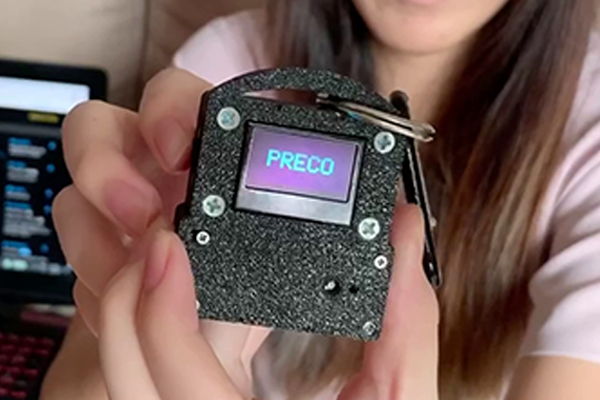Preco: Portable blood glucose and blood pressure monitoring
Project Motivation
Diabetes is a lifelong disease caused due to the decreased ability of the beta cells in the pancreas to produce insulin. At present blood glucose can be self-monitored using a invasive glucose meter. This process involves pricking of finger by lancet, the blood from the pricked finger is extracted and chemical analysis is done using disposable blood strips. Invasive testing of blood glucose leads to risk of infection as finger is pricked at least three times a day. The ache and uneasiness have also led to the development of other non-invasive blood glucose monitoring techniques.
In addition to this, blood pressure (BP) has been a potential risk factor for cardiovascular diseases. BP measurement is one of the most useful parameters for early diagnosis, prevention, and treatment of cardiovascular diseases. At present, BP measurement mainly relies on cuff-based techniques that cause inconvenience and discomfort to users, and does not provide real-time continuous measurements. Although some of the present prototype cuffless BP measurement techniques are able to reach overall acceptable accuracy, they require an electrocardiogram (ECG) that make them unsuitable for true wearable applications.
Therefore, this project also aims to develop a single photoplethysmograph (PPG)-based cuffless prototype with PPG acquisition and BGL/BP estimation algorithm capabilities that would be clinically and practically useful.
Design Solution
Our group has designed a portable, non-invasive, Bluetooth-compatible device using PPG technology to estimate BGL and BP values in the human body. The portability aspect of the device was inspired by the Tamagotchi and we named it "Preco". The device is also cheap and clinically useful, a cost-effective solution to the current finger pricking technique to obtain BGL for diabetic patients and is both suitable for diabetic and healthy individuals.
We created a novel blood glucose and blood pressure estimation algorithm using machine learning techniques by extracting real-time multiple blood hemodynamic parameters using PPG. This aspect of our estimation algorithm has not been done before and we believe that this device will be useful for the healthcare sector, as well as the patients. We have also determined which exact blood hemodynamic parameters are useful in giving us an accurate blood glucose/pressure estimation based on the multitude of statistical studies we have conducted during our study. Therefore, we believe that our findings will be useful for both the scientific community and the healthcare sector.


Project Team
Students:
- Marcus Chan Wei Siang (Biomedical Engineering, Class of 2020)
- Halima Fareen Jinnah (Biomedical Engineering, Class of 2021)
Supervisor:
- Dr Kah Chen Yong, James (kah@nus.edu.sg)

